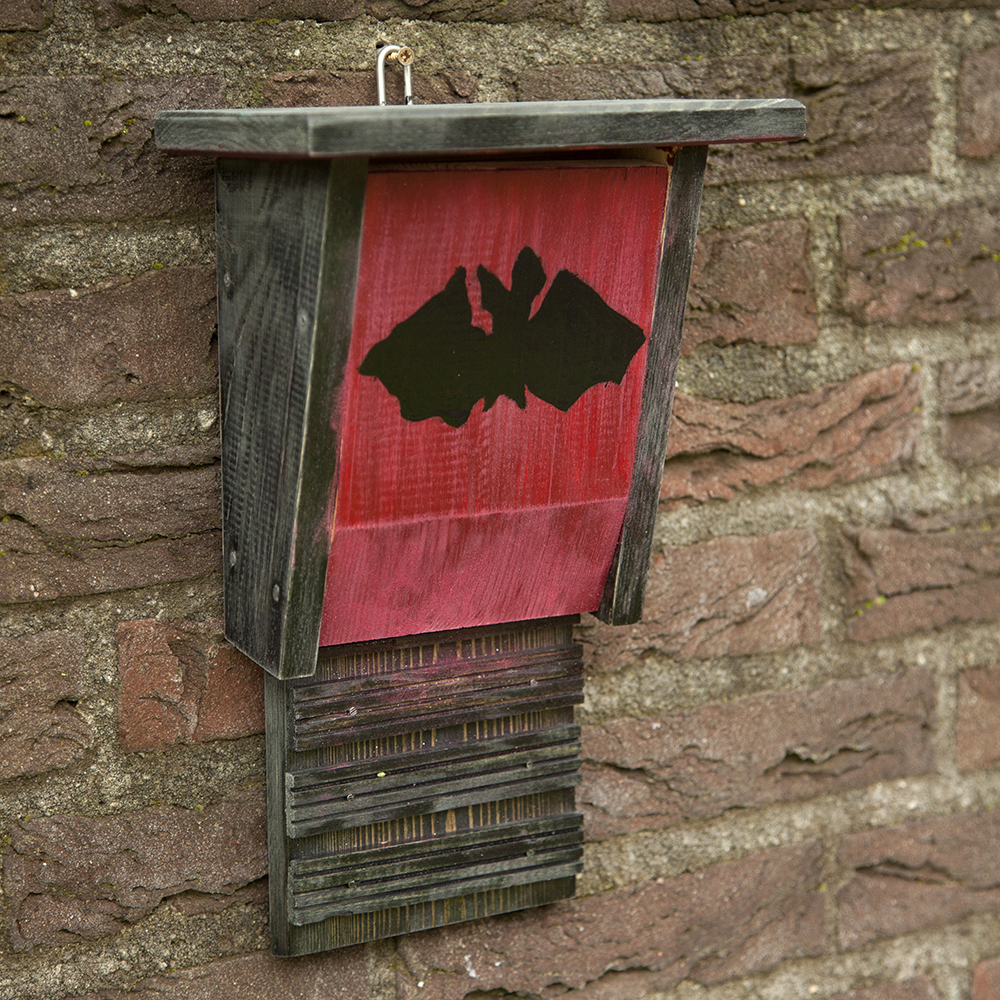Choosing a sturdy bat box is essential for providing reliable support for wildlife conservation efforts. Bats play a crucial role in maintaining ecological balance by controlling insect populations and pollinating plants. However, due to habitat destruction, many bat species struggle to find suitable roosting sites. Installing a well-built bat box in your backyard, garden, or conservation area can offer these beneficial creatures a safe and comfortable place to reside. To ensure effectiveness, it is important to select a bat box that is durable, weather-resistant, and designed to meet the specific needs of bats. The material used in constructing a bat box significantly impacts its longevity and functionality. High-quality, untreated wood such as cedar, pine, or exterior-grade plywood is the preferred choice, as it provides natural insulation and resists decay. Avoid using pressure-treated wood, as the chemicals can be harmful to bats. Additionally, some bat boxes feature recycled plastic or composite materials, which can also offer durability and protection against harsh weather conditions.

The structure should be at least ¾ inch thick to provide adequate insulation, keeping the bats warm during colder months and cool during the summer. Another crucial factor is the design and size of the bat box. It should be spacious enough to accommodate multiple bats, as they prefer to roost in colonies. A good bat box typically has multiple chambers, rough-textured interior surfaces for easy gripping, and a tight-fitting construction to prevent drafts and predators from entering. Ventilation slots are also important to regulate temperature and humidity inside the box. The entrance should be narrow, usually around ¾ inches wide, to keep out potential predators such as owls and snakes while allowing bats to move in and out freely. Proper placement of the bat box enhances its effectiveness. It should be mounted at least 10 to 15 feet above the ground on a sturdy post, pole, or the side of a building, rather than on a tree where predators can easily access it and get in buybathouse. The box should face south or southeast to receive maximum sunlight exposure, as bats prefer warm environments.
Additionally, ensuring a nearby water source, such as a pond or stream, can make the location even more attractive to bats. Maintenance is another key aspect of choosing a reliable bat box. A well-built bat box requires minimal upkeep, but regular inspections should be conducted to check for damage, debris, or signs of unwanted occupants such as wasps or birds. Cleaning the box once a year, preferably during winter when bats are less likely to be present, helps maintain a suitable roosting environment. Investing in a sturdy bat box not only aids in bat conservation but also provides natural pest control benefits. By selecting a well-designed, durable, and strategically placed bat box, you can contribute to the preservation of these essential nocturnal creatures while promoting a healthier ecosystem. Supporting bat populations through responsible conservation efforts ensures that these remarkable animals continue to thrive and play their vital role in nature.